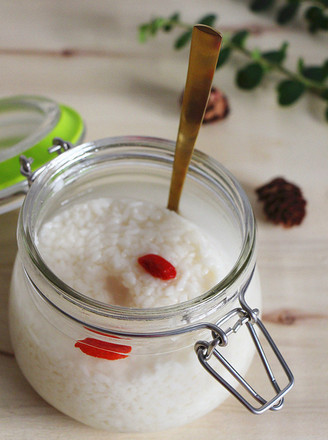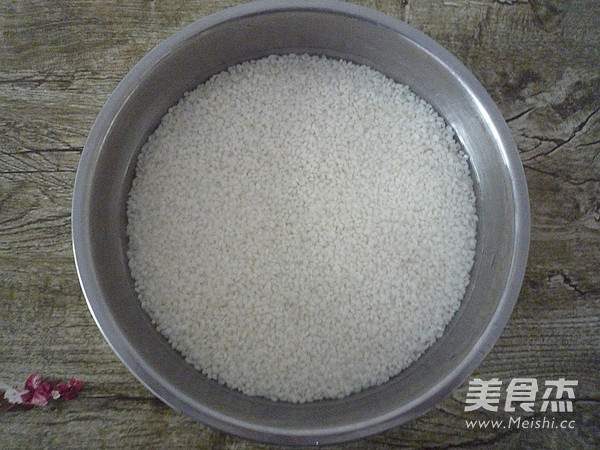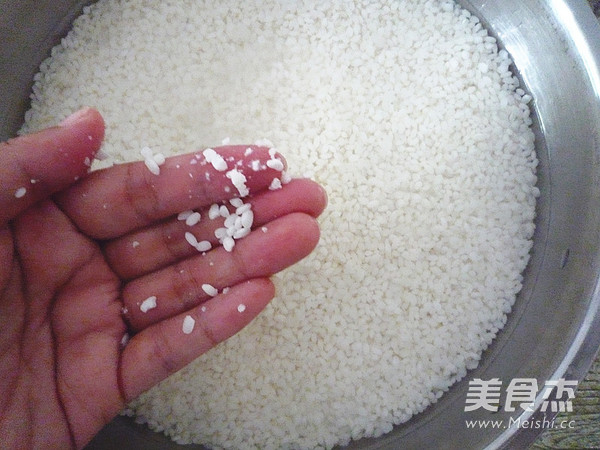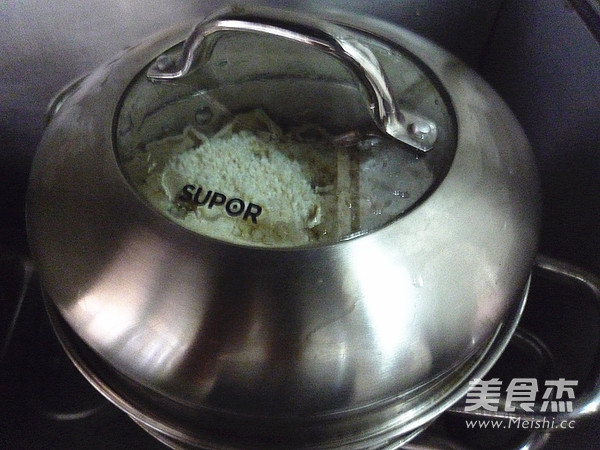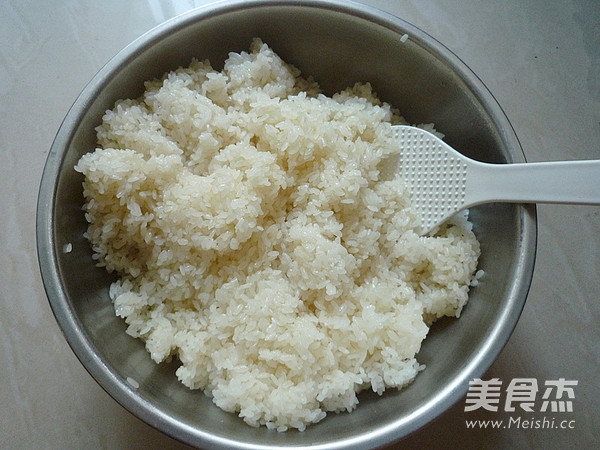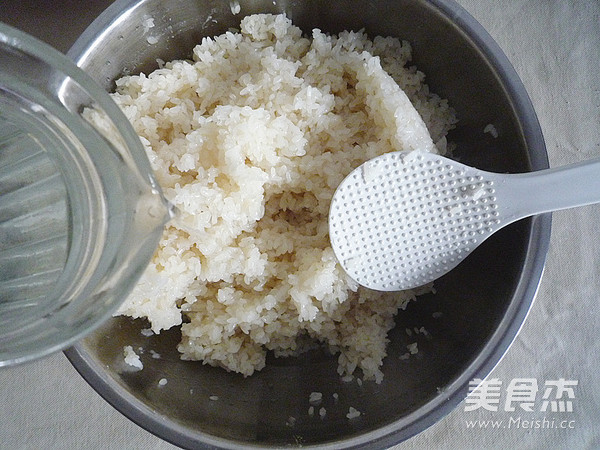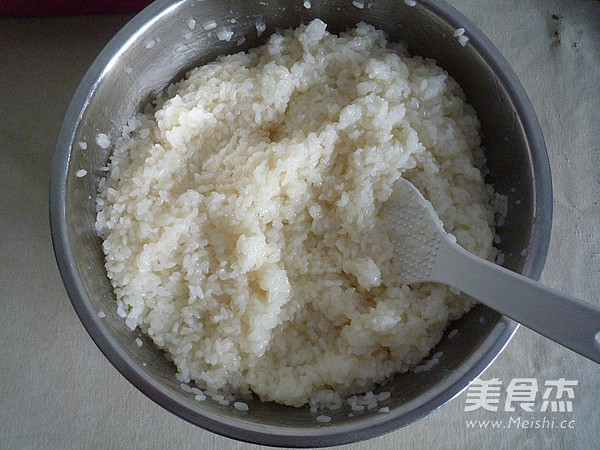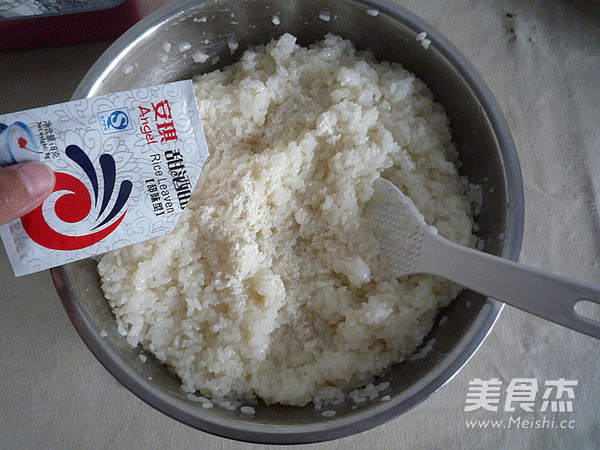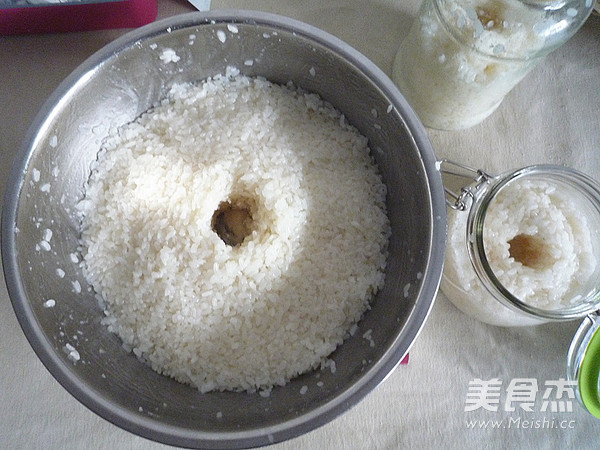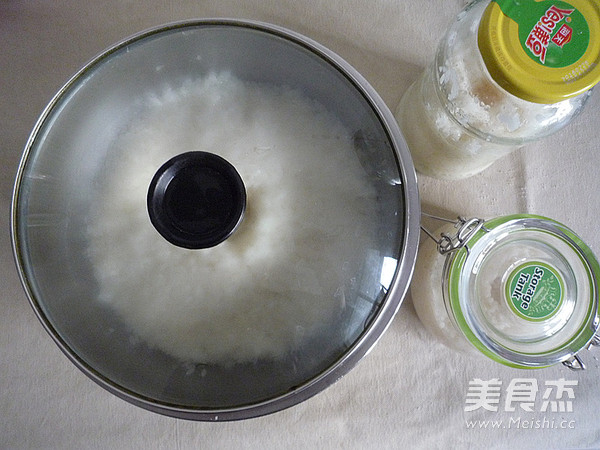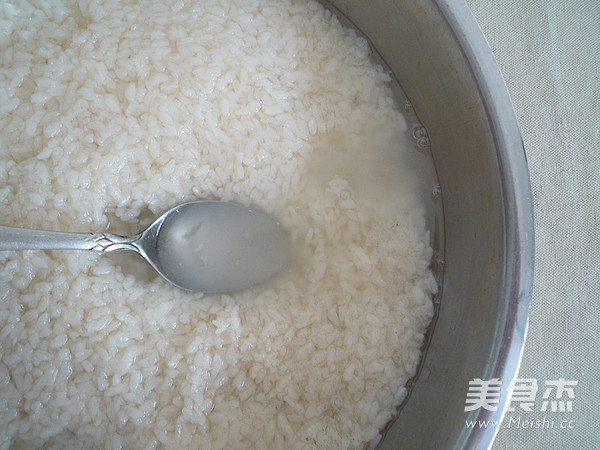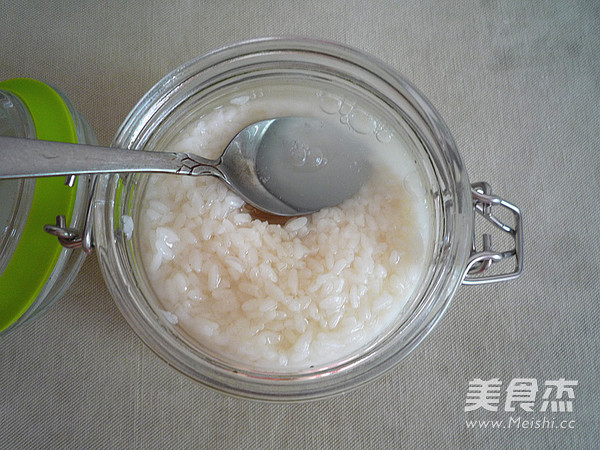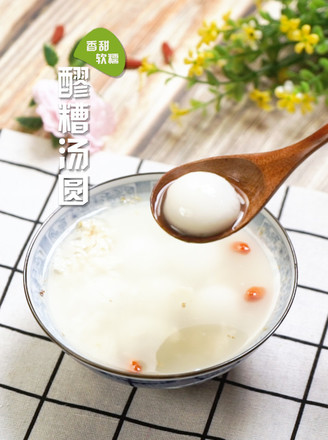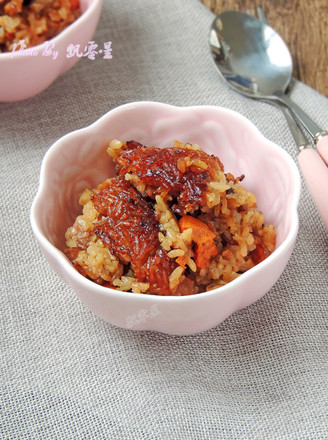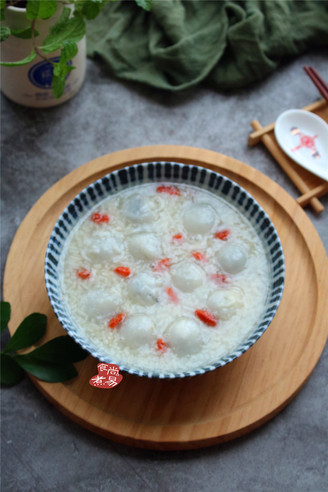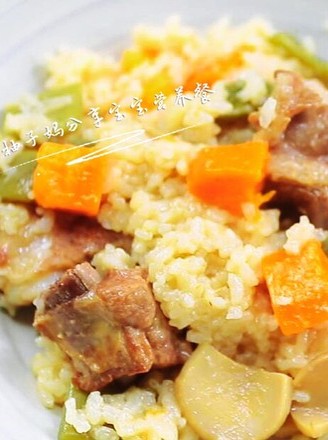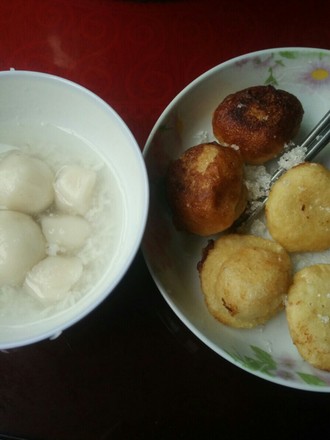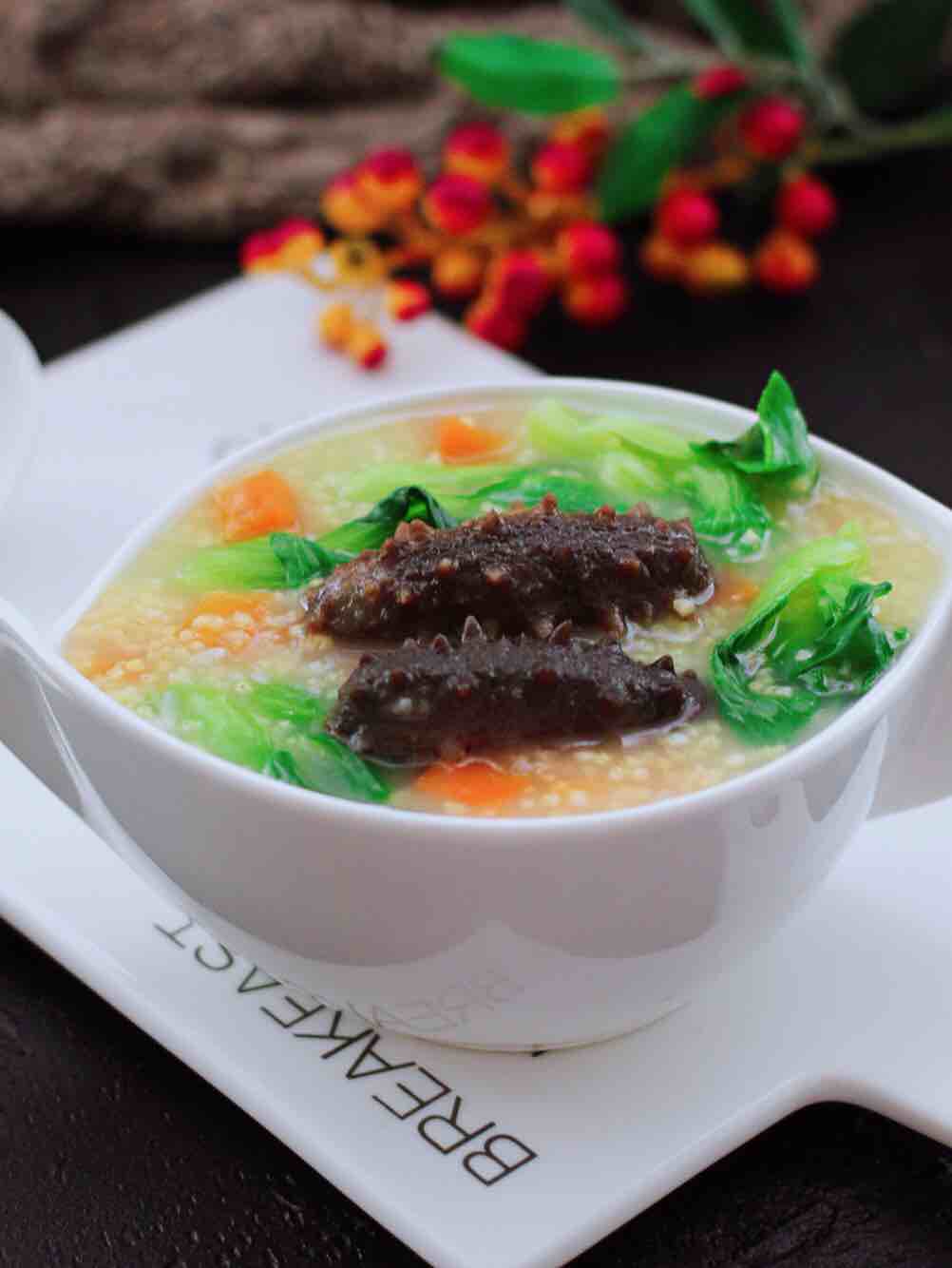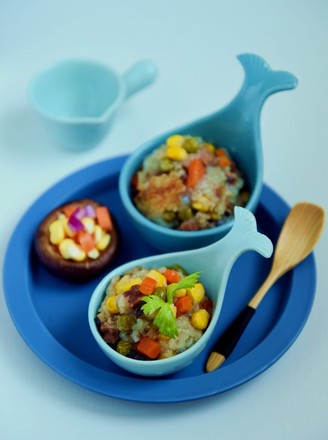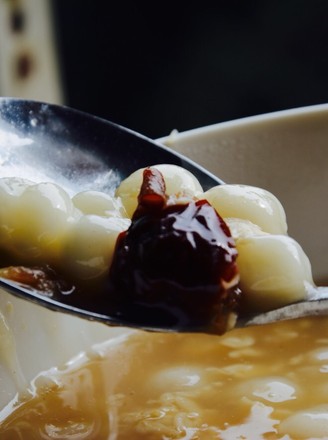Glutinous Rice Wine
1.
Soak the glutinous rice with clear water one day in advance, with a little more water, to ensure that the glutinous rice can still be under the rice after the glutinous rice is soaked.
2.
The soaked rice can be crushed by twisting it by hand and it is ready to soak
3.
Spread the steamer with a cloth, rinse the soaked rice again to control the moisture, spread it evenly on the cloth, and poke a few holes.
4.
Steam on medium heat for 40 minutes.
5.
Pour the steamed glutinous rice into a clean oil-free basin with a lid to cool indoors until the temperature is 30-40 degrees. Don't let it cool completely, the rice wine will be sweeter and more fragrant. Pour the rice into a clean, oil-free basin with a lid,
6.
When the temperature of the glutinous rice drops to about 35°, use cold boiled water (preferably about 30°) to scatter the rice. When adding water, add a little bit, and break up the glutinous rice immediately after adding it.
7.
Add a little bit of cold water to break up the glutinous rice until there are no glutinous rice balls. But don't use too much water, it's better to spread the rice without leaving water in the pot.
8.
Add 4 grams of rice koji and stir well
9.
The glutinous rice mixed with rice koji is compacted with a spoon, and a hole is made in the middle. This is called a nest, which allows the rice koji to better ferment and later produce wine.
10.
Sprinkle 1 gram of rice koji into the dug dimples, and finally pour cold boiled water into two-thirds of the dimples.
11.
Cover the lid and leave to ferment for 24 hours in a warm place.
12.
After 24-36 hours, there is already a lot of liquid exposed on the rice noodles, which means that the wine has been produced, and the aroma of the wine can be smelled.
13.
Press it with a spoon, you can see that there is a lot of wine, and the rice is floating on the top of the wine, and it is done.
Tips:
1. In the whole process of making rice wine, whether it is soaking or steaming rice, including steamer and cloth, all utensils must not have oil, otherwise the fermentation will not be successful. This is the most critical point.
2. Both at the beginning and at the end, use cold boiled water instead of tap water.
3. Poke a few holes when steaming glutinous rice, the rice will be steamed more easily.
4. It is best to ferment rice with sweet koji at about 35°. If the temperature is too high, it will easily become sour and the yeast will die easily. If the temperature is too low, the fermentation will be slow or unable to ferment.

